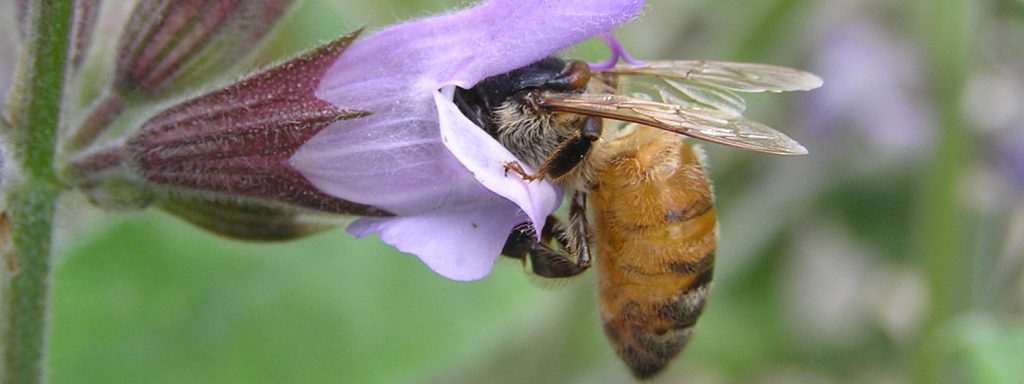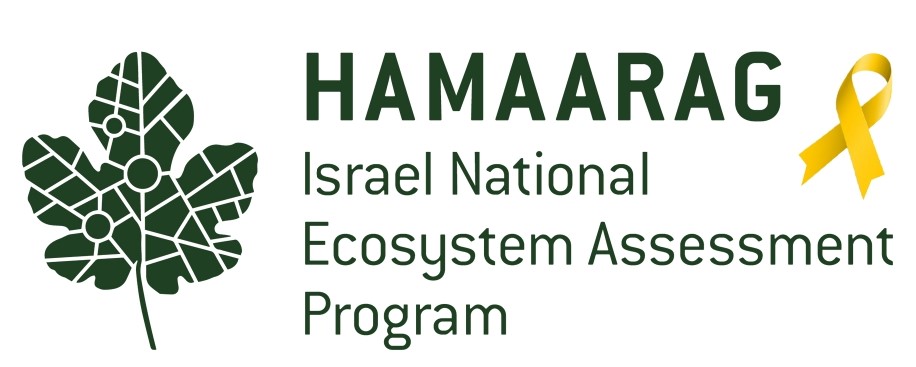Pollination: the movement of a pollen grain in space, from the male reproductive part of the flower in which it was produced, to the ovary in the female reproductive part of a flower of the same species, providing the foundation for reproduction in angiosperms (seed plants). Pollination services are provided mainly by bees (domesticated or wild), but also by butterflies, moths, other arthropods, birds and mammals.

Pollination by numbers
- 35% of the world’s vegetative food production depends on animal-mediated pollination, mainly by bees.
- 60% – 80% of wild plant species require animal-mediated pollination for reproduction (Zaban and Hakima-Koniak, 2011; Kremen et al. 2007).
Therefore, it is clear that pollination is essential for the continued existence of plant populations in open landscapes, as well as for reproduction and food production in agricultural landscapes. The importance of pollination by bees, of which there are 20,000 known species worldwide (approximately 1,000 species in Israel), from an ecological and economic point of view, is immeasurable.
Calculating the value of natural bee pollination
There are various ways to estimate this value for mankind, for example, by calculating the agricultural value based on the sums of money farmers pay to install commercial apiaries in their fields when sufficient natural pollination is not available.
Data show that the total value of pollination for agricultural production on a global scale is 112-200 million dollars per annum (In Israel: approximately 2.5 billion NIS).
The value of pollination for natural systems is even higher (but more difficult to estimate): a diverse array of other important ecosystem services, such as carbon sequestration, flood prevention, prevention of soil erosion and water purification, depend indirectly on pollination services which have a role in determining the amounts and types of vegetation comprising the soil cover.
An additional benefit of pollination is, of course, honey production. Research conducted in 2011 near the Ashkelon Regional Council (Zaban and Hakima-Koniak, 2011) found that the potential value of honey production in this region is 5 million NIS.

